This post gathers photos taken on two scooter rides from Puli to the shores of Sun Moon Lake 日月潭 in Yuchi, part of a multi-day road trip undertaken in late 2015. I didn’t have a chance to explore as deeply as I would have liked, nor did I really know what was so special about this part of the country while I was there, so this post will be somewhat less extensive than most others in this series. I hope to someday return to the Sun Moon Lake area and gather material to make a fully informed post about this fascinating part of Taiwan.
Nantou is the landlocked county at the geographic center of Taiwan. Puli, my base of operations for this trip, is located in the largest of five basins in the area, collectively known as the Puli Basin Group 埔里盆地群. The next two basins immediately to the south, documented in this post, are Yuchi Basin 魚池盆地 and Sun Moon Lake Basin 日月潭盆地. There are numerous passes and mountain access roads connecting all these basins but I ended up driving down County Highway 131.
County Highway 131 runs along Niúdòng Canyon 牛洞峽谷, a gorgeous valley connecting the Puli and Yuchi basins. Although the river running through this gorge is sometimes referred to as Yémǎ Creek 耶馬溪, this is actually a reference to Yabakei, a similarly scenic spot in Kyushu, Japan. In the early Japanese colonial era this area was commonly featured on postcards, and its likeness with a landscape familiar to Japanese earned it this nickname. In actuality, it is the Nángǎng Creek 南港溪 flowing down the valley and into the Puli Basin1.
Niudong Canyon was also among the primary means of travel to Puli in colonial times. A light railway was laid here sometime in the 1910s, initially to transport material to and from the Puli Sugar Factory 埔裏社製糖所 by way of Shuili, and later to assist in the construction of various elements of the immense Sun Moon Lake Hydroelectric Project 日月潭水力電氣工事. Tourists were also accommodated on this route at some point, but it seems as if handcars were the primary mode of passenger transport rather than steam engines. Two tunnels and a pair of bridges were constructed in this canyon in colonial times. Only Wòlóngdòng Tunnel 臥龍洞隧道 remains readily accessible to the public but it was the far pylon of the Sister Bridge 姐妹橋2 that caught my eye.
Rather than head into Yuchi proper I elected to turn onto a small side road leading through the tiny hamlet of Sīmǎ’àn 司馬按. Unbeknownst to me this was once the site of a railway depot for an electric tramway leading to Wǔjiè Dam 武界壩 (described in a previous post in this series). This depot was an embarkation point for workers and supplies destined to construction sites deeper into the mountains. Material excavated while building Wujie Dam and the associated water diversion tunnel was also transported down from the mountains and used to fill Shuǐshè Dam 水社壩, the embankment dam on the northwestern shore of Sun Moon Lake. Only a few traces remain of this ambitious operation3.
Soon thereafter I came down from a small mountain road and formally arrived at Sun Moon Lake, one of the most popular tourist attractions in Taiwan. The lake is circled by a highway, a separated bike path, numerous hotels and restaurants, dozens of temples, and no shortage of scenic viewpoints. My first stop was at Wénwǔ Temple 文武廟, one of the largest on the northern shore of the lake. It was designed by Taiwan-born temple architect Xiè Zìnán 謝自南 and completed in 1975.
I was intrigued by the sight of what appeared to be floating islands in the lake after leaving the temple behind. Turns out these are indeed what they seem to be: artificial floating islands, known in Chinese as réngōng fúdǎo 人工浮島, typically made with a bamboo frame. These were once a common sight on Sun Moon Lake and, from what I read in various media reports, they seem to be making a comeback. Apart from their aesthetic qualities they also oxygenate lake waters and provide sheltered micro-environments suitable for spawning fish.
Sun Moon Lake was originally inhabited by the Thao People 邵族, the smallest of Taiwan’s recognized Indigenous peoples, who now number less than 700. Ita Thao Village 伊達邵部落 (Barawbaw in the nearly extinct Thao language) is their most populous settlement and a major lakeside tourist attraction4. Throngs of tourists descend on this tiny town to ply its bustling commercial streets and stroll along the boardwalk at sunset. Many of those tourists are Chinese—which means you’ll also notice plenty of Falun Gong 法輪大法 practitioners demonstrating in the area5.
On one of my previous trips to Nantou I randomly sampled a cup of locally-grown Taiwanese coffee and was really impressed. This time around I was intent on trying another variety, which is precisely what I did after noticing a coffee vendor along the busy streets of Ita Thao. This cup was not quite as flavourful as the one I had from a roadside vendor in Jiji but it was still quite good.
One last site worth mentioning is Jíxiān Temple 吉仙宮, located on Highway 131, west and a little north of the lake. This inviting temple is constructed over a spring renowned for its rejuvenating powers6. Cross the suspension bridge and descend to the basement level of the temple and you’ll find a small chamber with rough-hewn walls, a small pool adorned with stone lotus flowers, and a rock that allegedly resembles Guanyin 觀音, the Goddess of Mercy.
There is so much more to Sun Moon Lake than what is described in this brief overview of an uninformed road trip. Nick Kembel has an excellent guide to the lake, and hopefully I will return some day to investigate all the leads uncovered while drafting this piece. Next in this series: the rest of the ride back to Taichung, which includes many more obscure locales around Nantou.
- This newspaper article goes into much greater detail about the origins of this curious name. This page also features a vintage postcard from Niudong Canyon in the colonial era. For more photos from the present day, try here. ↩
- Sister Bridge is named in honor of two sisters who drowned in the river near here. This post documents the privately-funded effort to clear the overgrowth around the remains of Sister Bridge; this post has more photos from a trip to clear the area around the remaining bridge pylon (姉川橋, which includes a non-standard character common in Japanese but unused in Mandarin Chinese); and this post features several historical photos from the area. For more about the early railway history of Puli this post also has some great pictures and information (all in Chinese, of course). ↩
- This post is probably the most thorough record of what remains of the colonial engineering effort. Several other relics can be seen here. ↩
- There is much more to tell about the story of the Thao People, but I will save that for another post. Suffice to say, like most Indigenous groups in Taiwan, they have suffered greatly at the hands of various colonial regimes. ↩
- Normally I link to Wikipedia wherever appropriate, but in this case the group in question has been quite successful in scrubbing the relevant entry of balanced information. Google around if you’re curious about this group; take some time to learn more about their views, their media empire, and their political objectives. Critical readers should have no trouble cutting through the propaganda. ↩
- I wrote a little more about this temple in another post documenting a road trip through the area. ↩
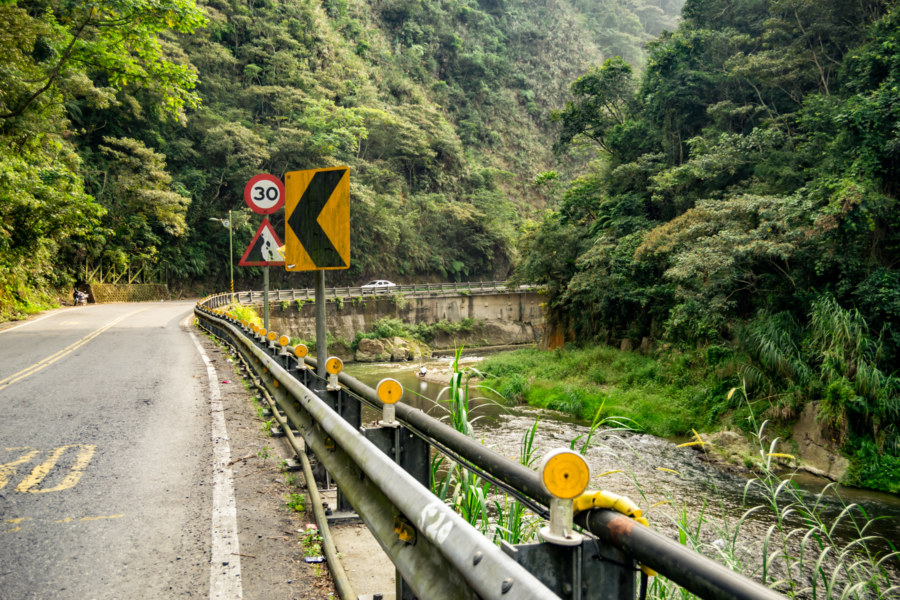
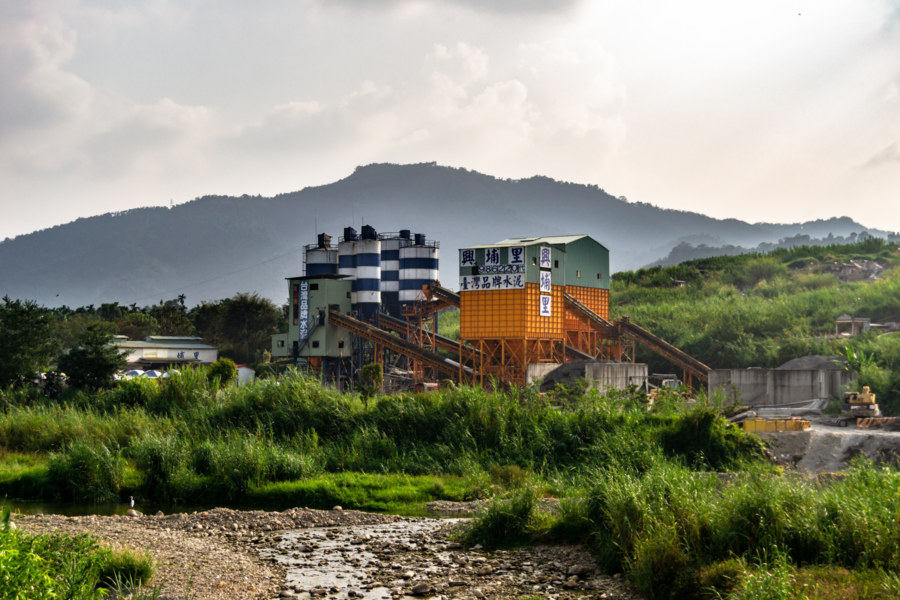
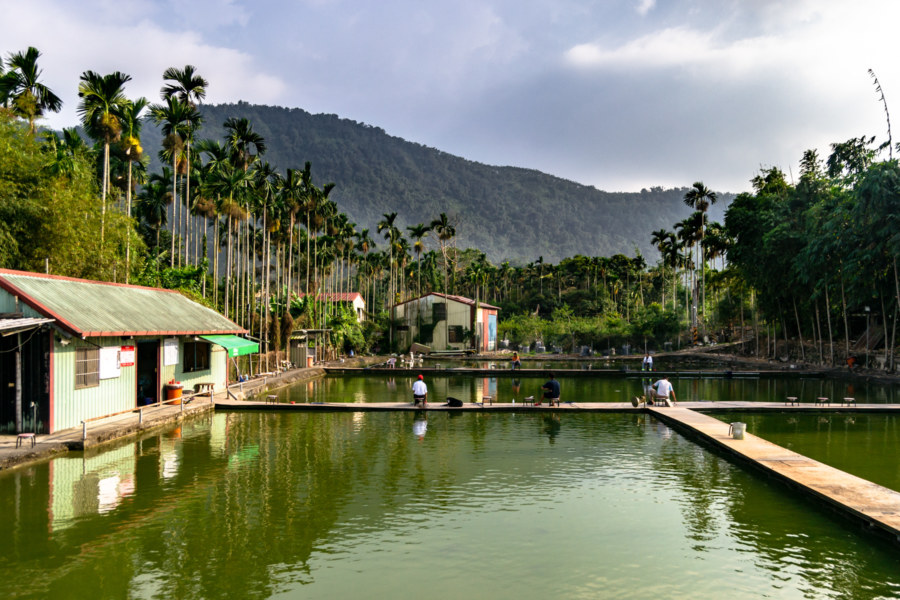
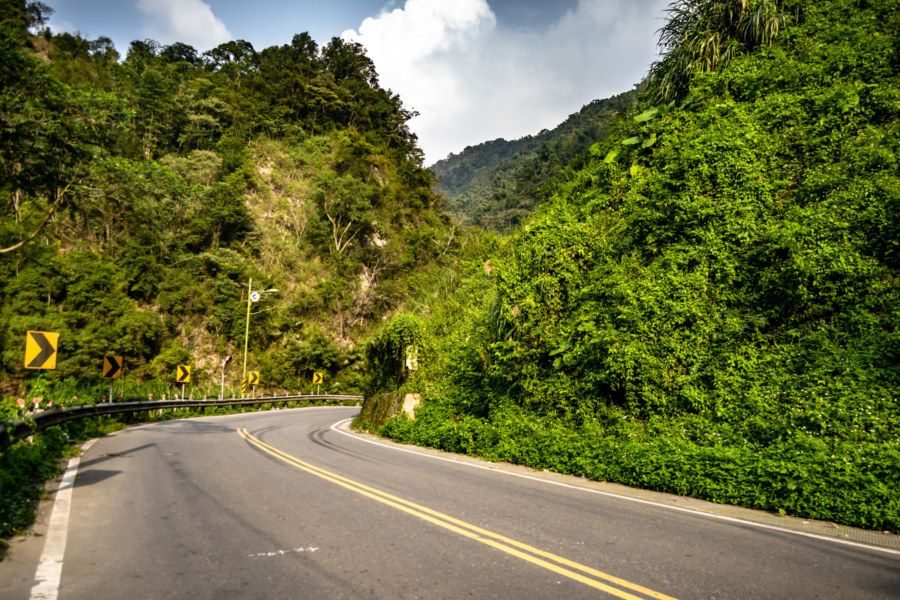
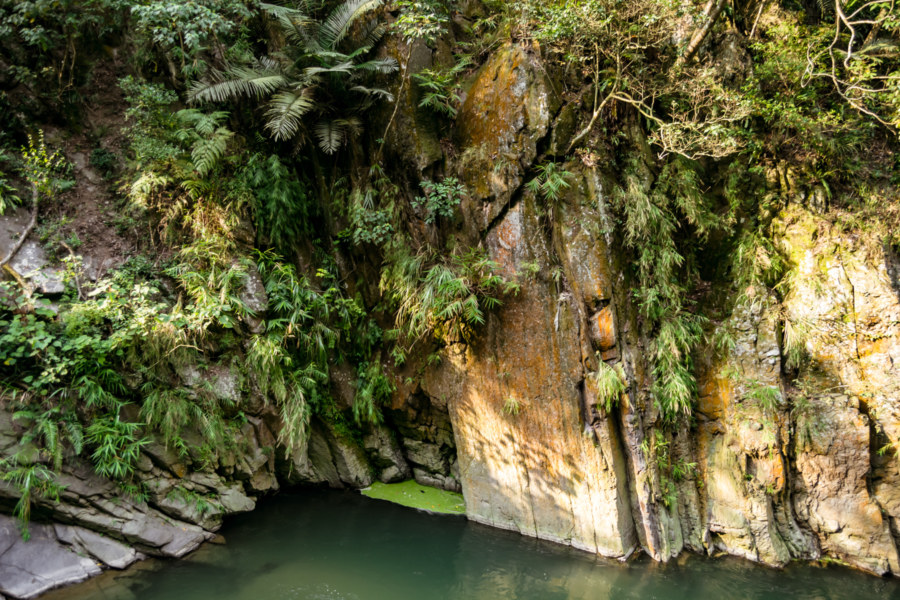
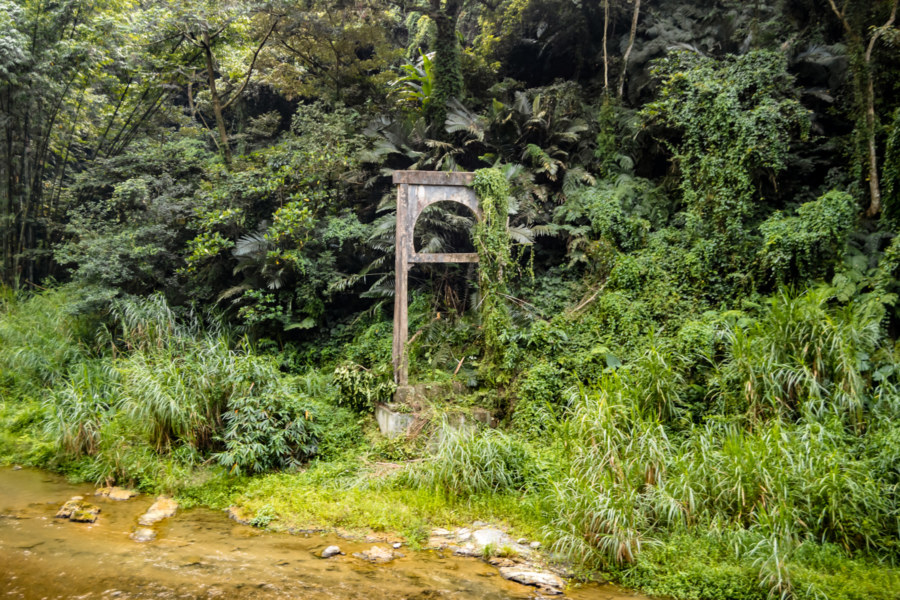

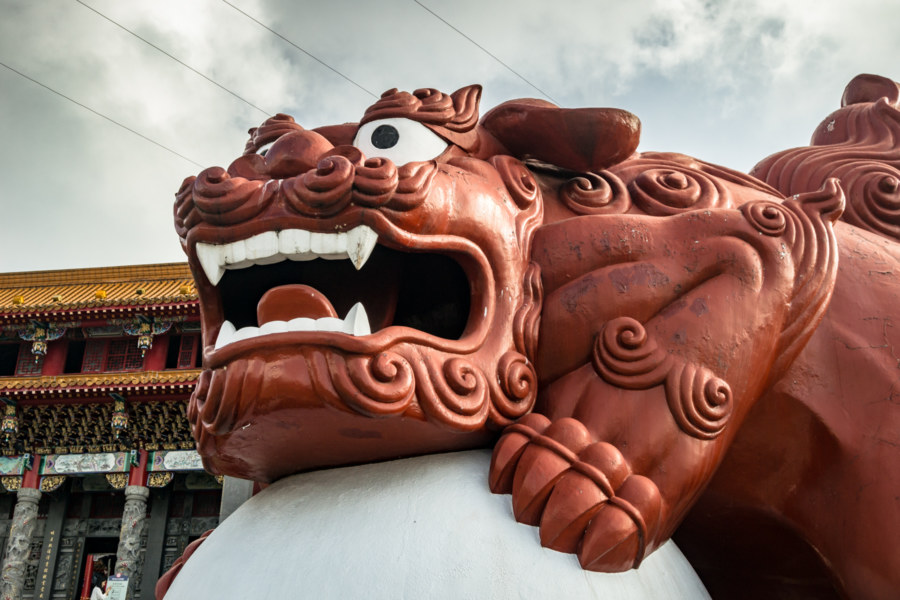
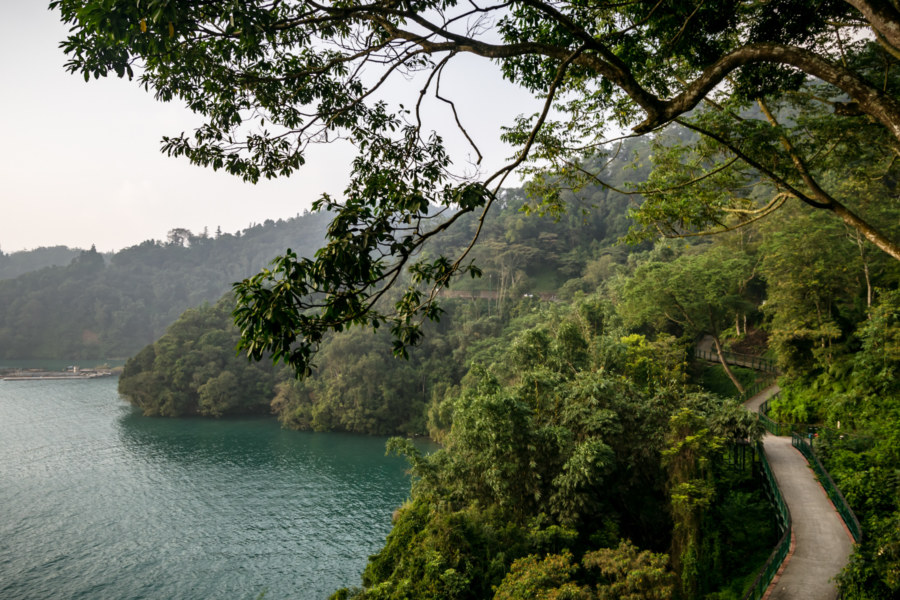
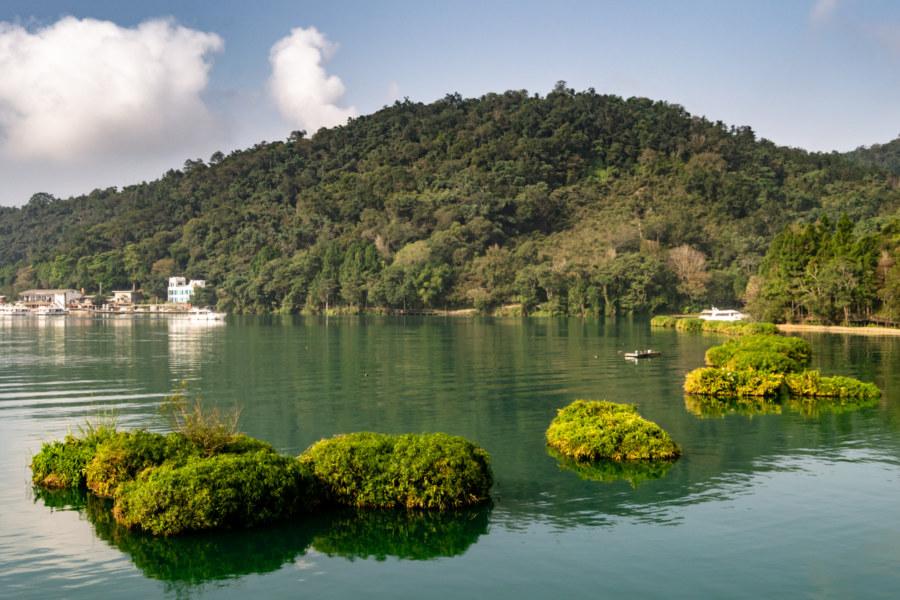
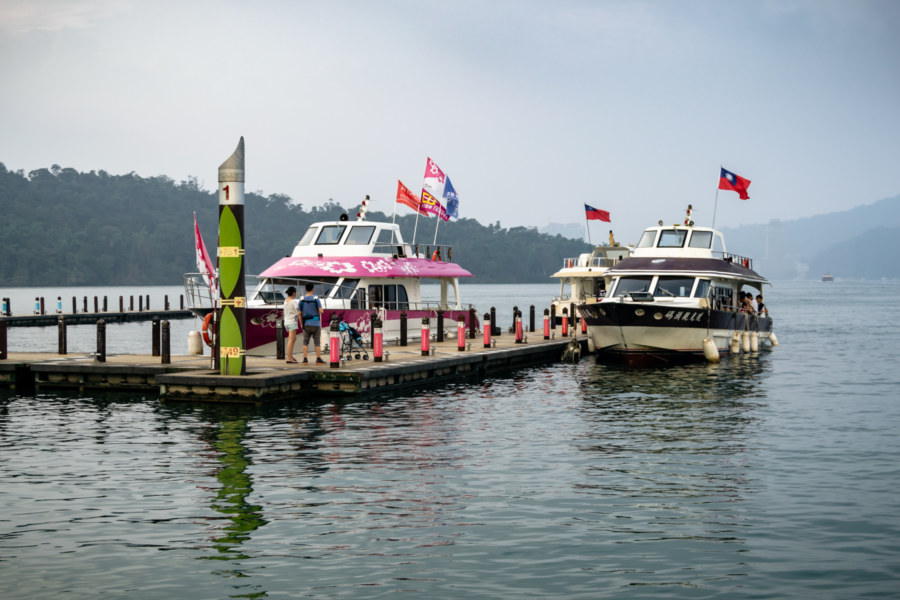
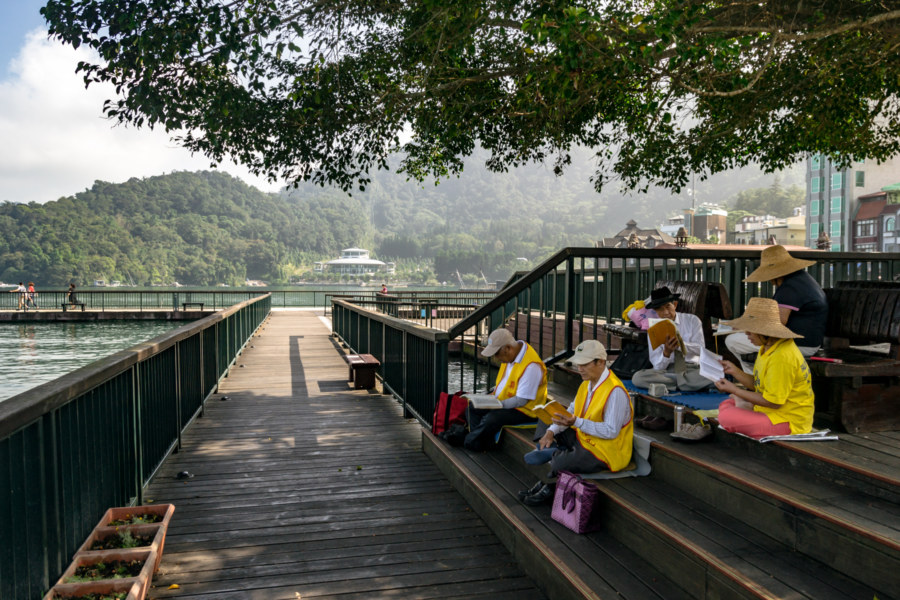
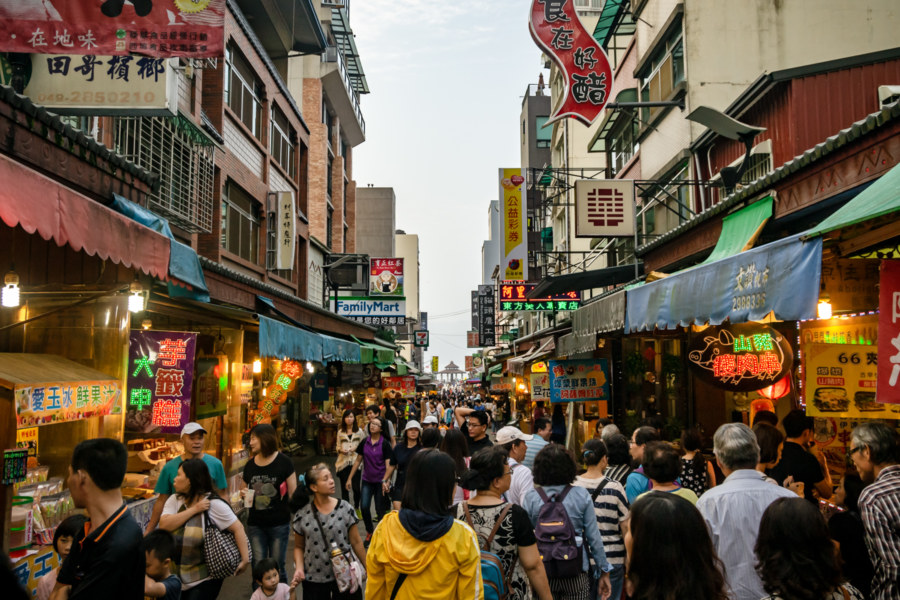
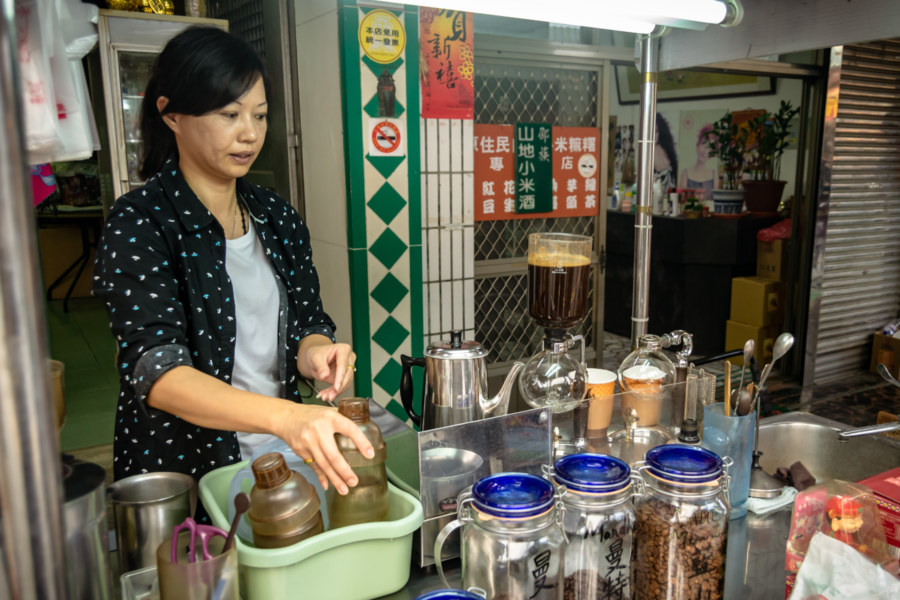
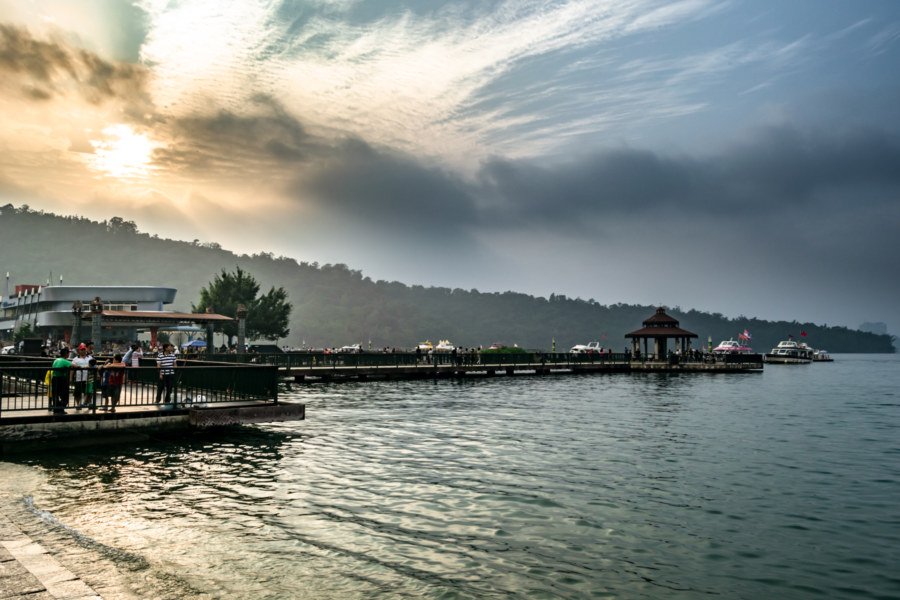
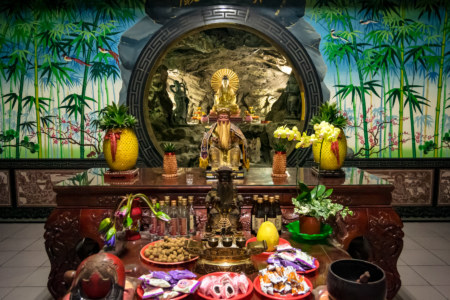
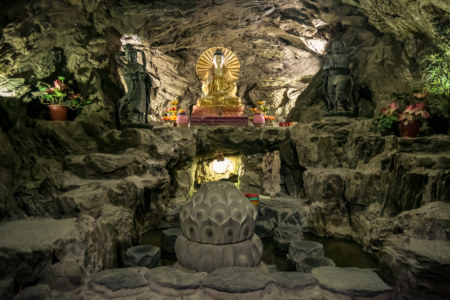
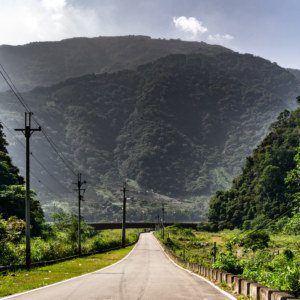
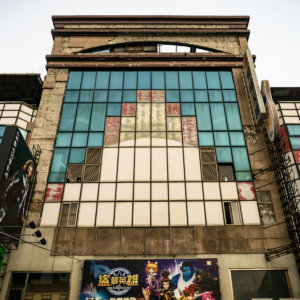
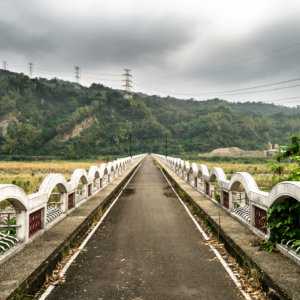
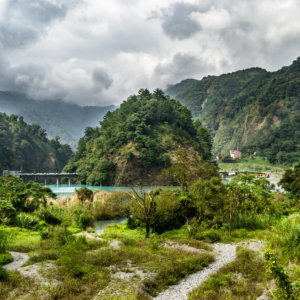
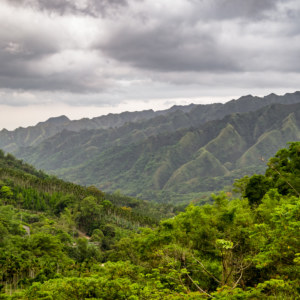
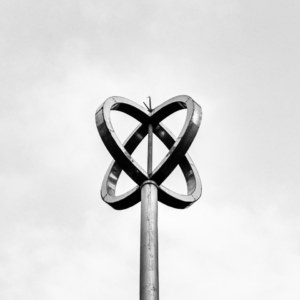
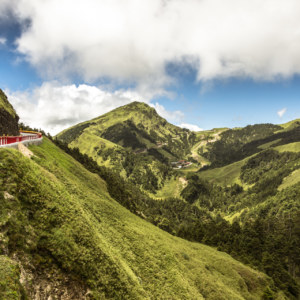
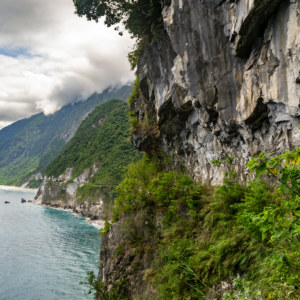
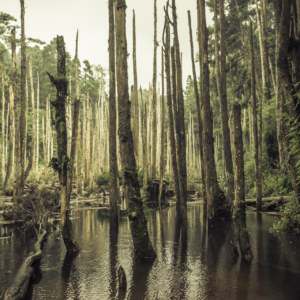
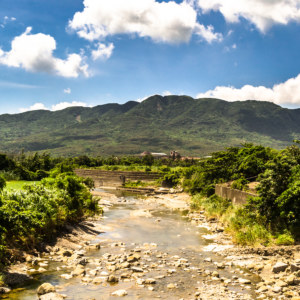
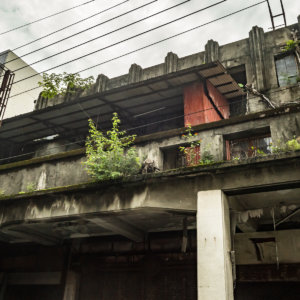
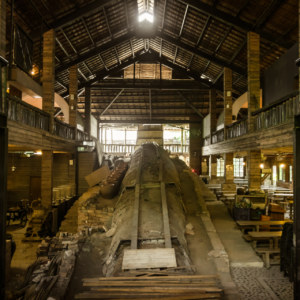
Write a Comment